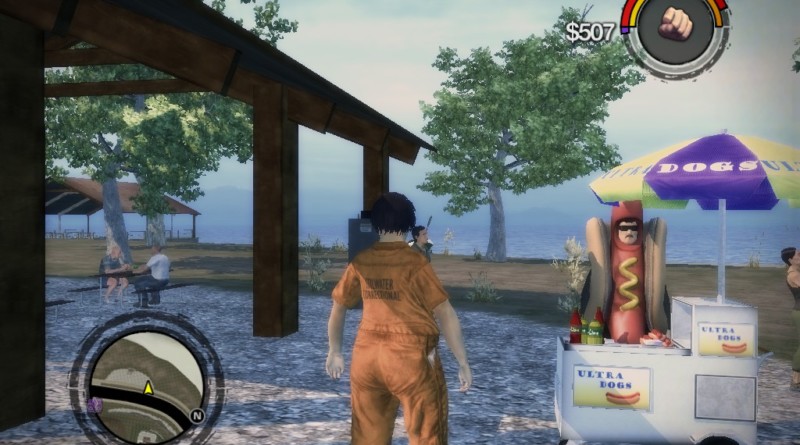Several Things I Miss From Saints Row 2
I played the Saints Row games in reverse order (not counting the first, which never came out on PC so I haven’t played it), and it was a very odd experience. I fell in love with the zany no-hold’s-barred freedom of Saints Row 4, and quickly decided it was my favorite open-world sandbox game, but the superpowers thing got old after a while because I felt detached from my character. The virtual reality setting didn’t help with that nagging feeling that even in-universe nothing I did mattered. I yearned for the early portion of the game when you had only your firearms and normal human abilities, and finally installed Saints Row 3 in order to get a whole game of that. Instantly I fell in love with the series all over again, and Saints Row 3 became my favorite open-world sandbox game. I loved the storyline, the writing, voice acting, characterization, the gameplay felt polished…it was everything I loved about SR4 without the parts I didn’t like. But on my second playthrough, little things started slowly sneaking up on my conscience. The plot got pretty ridiculous by the end, with giant sci-fi gunships, zombies, and superpower energy drinks. Not to mention the rival gangs had very cartoony designs; it’s hard to imagine a real gang would pick “neon green luchadors” for their aesthetic. Professor Genki’s Genkibowl and the bizarre DLC weapons like the Shark-o-Matic didn’t help. So I purchased and installed Saints Row 2, which people online said was a lot less overtly silly and more focused on gang violence, and for the third time I fell in love with the series. I’m taking my time completing Saints Row 2 because it’s my new favorite open-world sandbox game and I’m loving every minute of it, and I want to take this opportunity to shamelessly gush about some of the content in this game that I’m so sad they abandoned from Saints Row 3 onward.
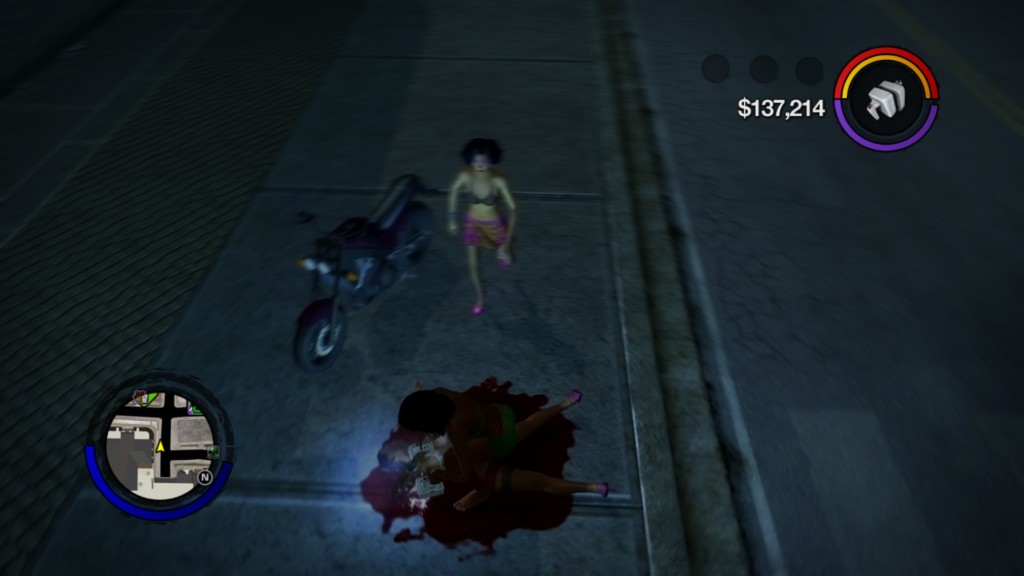
1. The shock paddles. The ability to revive dead civilians was great for those opportunities where you didn’t actually mean to kill that person, or for whatever reason you just didn’t want a random person to die. Maybe I’m the only person to ever care about shooting a random passerby when I was aiming for the incoming mobster, but the ability to fix my mistake was appreciated.
2. On that note, I also miss the jobs where you could earn an honest living. Rescuing people in an ambulance, putting out burning buildings in a fire truck, operating a taxi, heck even being a prostitute gave you an opportunity to “give back to the city” just like most successful gangs do. It was nice to have a nonviolent playstyle optional.
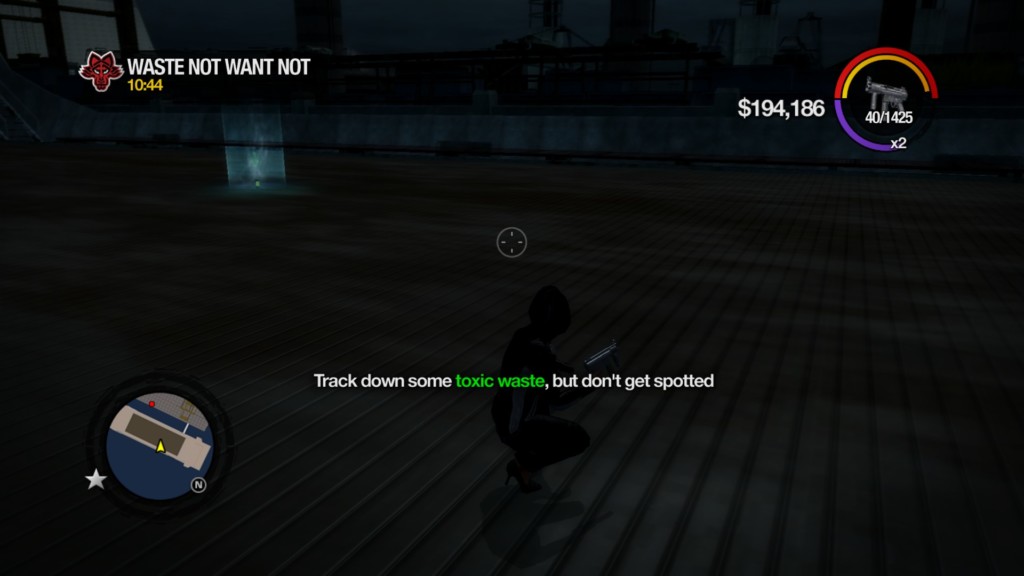
3. The ability to replay missions and cutscenes! Every safe house had either a billboard, television, or newspaper clippings that let you replay old content just for fun. WHY isn’t that in the sequels?
4. Food. In Saints Row 1 and 2, the player could carry up to four consumables in a second inventory. These edibles could either regenerate health (burgers and chicken nuggets), grant damage resistance (soda or drugs), or boost damage (alcohol). In future games, the food mechanic was completely removed and the second inventory was repurposed to carry multiple types of grenades, but I personally preferred having a way to restore health in a pinch.
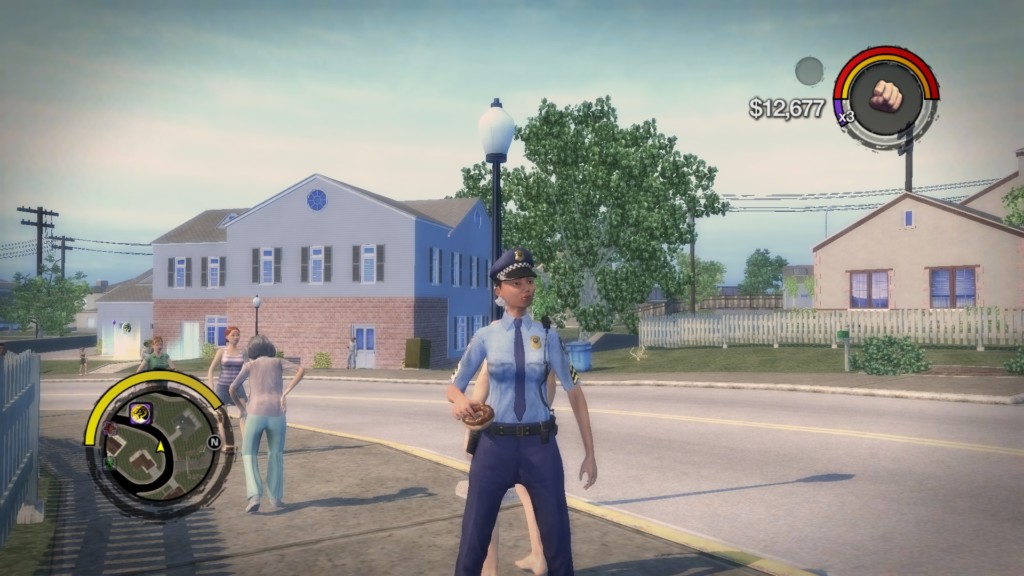
5. The best character customizer I’ve ever seen in gaming, hands down. Morbidly obese, transgender, extremely old, even crippled was an option for God’s sake. You could really make whoever you wanted to play. And this translated into the civilian NPCs, which compose one of the most diverse populations I’ve seen in a sandbox game. Far from everybody being 30-somethings in various uniforms, the people of Stilwater came in so many shapes, sizes, ages and fashions that every section of the city felt fleshed out and real. This appearance was furthered by an ambitious amount of idle animations and random encounters. Barbershop quartets and yoga classes would appear in parks, cheerleaders practice their routines at the University, and occasionally you’ll see a civilian streaking, embracing their lover on a park bench or even bemoaning their sordid life and jumping off a cliff to their death. Many of these animations also translated into available idle animations for the player. In Saints Row 3, the closest you get to all this immersion are the rabbles of anti-Saint protesters that start spawning after the military occupation in the storyline. And as for the character customizer, obviously the future games retained most of it, but the extremes were toned down a lot. Your character can’t be made that old or that fat, and you can’t escape a mostly athletic build.
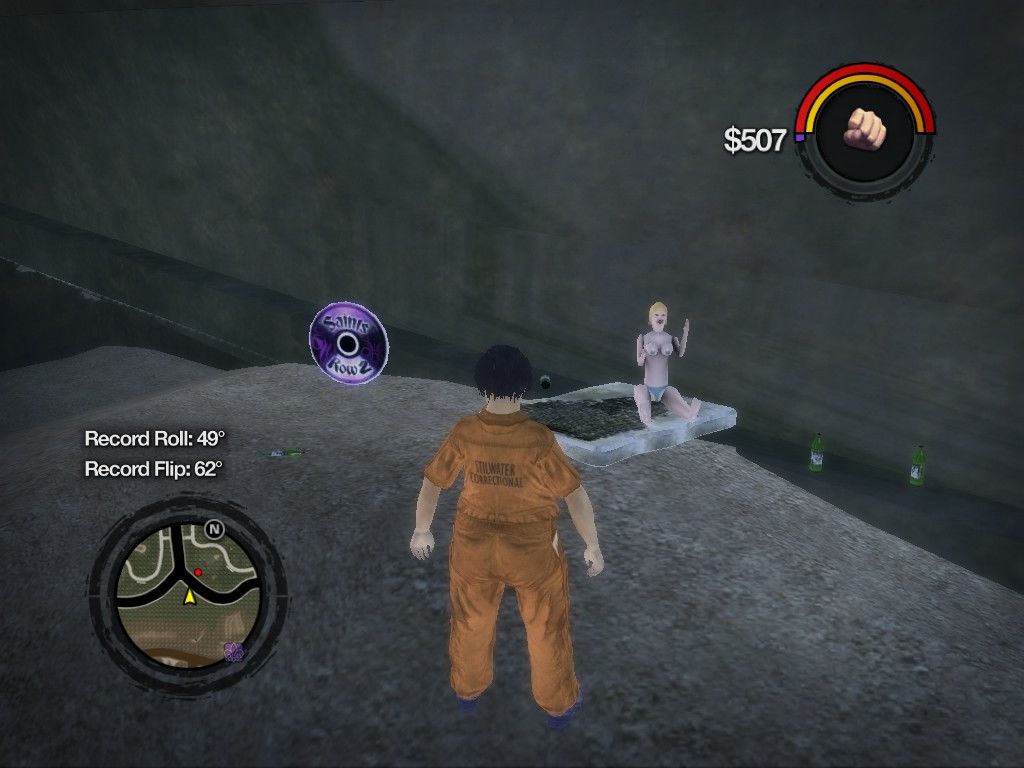
6. The secret spots. There were 32 “easter egg”-esque locations and they were all novelties like a half-sunken pirate ship, an underground sex dungeon, a beached sea monster skeleton or the game developer’s office. Open world sandbox games should always have cool shit to go find like this, and on that note the entire city in SR2 is just better than Steelport in SR3&4. Steelport is almost completely skyscrapers, with like some more residential suburbs and a red light district, lots of grey and neon signs and I can’t personally remember any part of the map more than something else. Stilwater had a hillbilly country, a desert, a university, a chinatown, a seaside tourist-trap district…so many different locales that all had different feels to them. And that’s not getting into all the landmarks like the penitentiary, the cemetery, the hospital, the train station, the museum…so many cool fully-explorable buildings as opposed to SR3 where practically every door that isn’t for a store is just a texture on a wall.
But seriously if Volition asked me what one thing I’d want back, it’s those shock paddles. Favorite weapon in any SR game.
